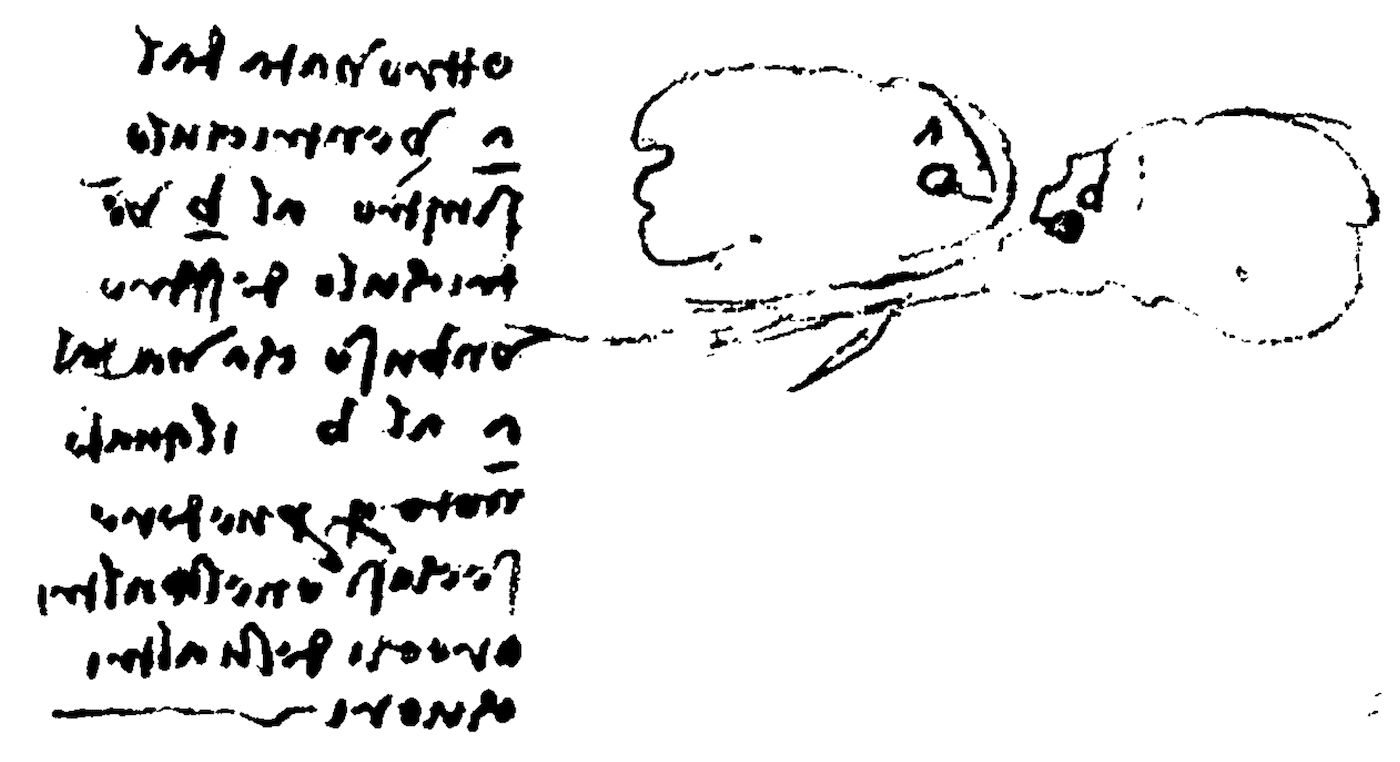Funtabulously Frivolous Friday Five 287
Just when you thought your brain could unwind on a Friday, you realise that it would rather be challenged with some good old fashioned medical trivia FFFF, introducing the Funtabulously Frivolous Friday Five 287
Question 1
Which congenital heart condition did Leonardo Da Vinci report for the first time in 1513?
Reveal the funtabulous answer
Atrial septal defect
Sketch published by Leonardo Da Vinci in 1513. Published in Quaderni d’anatomia, II in 1912 The inscription (since Da Vinci was a mirror writer, it reads right to left) states:
I have found that a, left auricle, to b, right auricle, a perforating channel from a to b, which I note here to see whether this occurs in other auricles of other hearts.
Although Leonardo da Vinci illustrated an atrial septal defect postmortem , it was not until the twentieth century that this malformation was diagnosed during life. The first successful surgical closure is attributed to Dr G. Murray, who used an external suture technique in 1948.
- da Vinci L. Respirazione, cuore, visceri addominali. In: Quaderni d’anatomia II; Fogli della Royal Library di Windsor (eds Vangensten, A. Fonahn, H. Hopstock). 1912
- Roesler H. Interatrial septal defect. Arch Intern Med 1934; 54: 339-381
- Bedford DE, Papp C, Parkinson J. Atrial septal defect. Br Heart J 1941; 3: 37-68
- Murray G. Closure of defects in cardiac septa. Ann Surg 1948; 128: 843-852
- McKay R. Congenital heart disease – B: Surgical management of the atrial septal defects. Congenital Heart Disease 2002; 3(2): 6
- Murray G. Closure of defects in cardiac septa. Ann Surg 1948; 128: 843
Question 2
What do Bignami and Micheli have in common (apart from being Italian, male and doctors…)?
Reveal the funtabulous answer
They both have eponymous diseases named after them in conjunction with Marchiafava.
Marchiava-Bignami syndrome (necrosis of the corpus collosum in chronic alcoholics). In 1903, Italian pathologists Amico Bignami and Ettore Marchiafava described 3 alcoholic men who died after having seizures and coma. In each patient, the middle two thirds of the corpus callosum was found to be severely necrotic.
Strübing-Marchiafava-Micheli syndrome is better known as paroxysmal nocturnal hemoglobinuria (an intracorpuscular defect that affects young adults and results in hemolysis during the night). It was first described by Paul Strübing on November 30, 1881, in a lecture for habilitation as Dozent in Greifswald. The lecture was published the following year. The condition was then described in 1911 by Ettore Marchiafava and A. Nazari. Marchiafava in 1928 and Ferdinando Micheli in 1931 made comprehensive summarisations.
Question 3
What was ‘kibyo’; first noted in Minamata Bay in Japan?
Reveal the funtabulous answer
Mercury poisoning, also known as Minamata disease.
Methylmercury (MeHg) poisoning occurred in humans who ingested fish and shellfish contaminated by MeHg discharged in waste water from a chemical plant (Chisso Co. Ltd.). It was in May 1956, that Minamata disease was first officially “discovered” in Minamata City, south-west region of Japan’s Kyushu Island. Typical symptoms of Minamata disease included: sensory disturbances (glove and stocking type), ataxia, dysarthria, constriction of the visual field, auditory disturbances and tremor.
- M Harada. Minamata disease: methylmercury poisoning in Japan caused by environmental pollution. Crit Rev Toxicol. 1995;25(1):1-24
Question 4
What was the cause of the slow transformation seen from Renoir’s early paintings to his later works?
Reveal the funtabulous answer
Rheumatoid arthritis
The arthritis started around the age of 50, took on an aggressive form from 1903 onwards, when he was about 60, and made him quite handicapped from the age of 70 for the last seven years of his life.
In a photograph of 1896, when he was 55, the swelling of the metacarpophalangeal joints can be clearly seen.
The aggressive nature of the disease resulted in the destruction and ankylosis of his right shoulder and ruptures of several extensor tendons of fingers and wrists, leading to poor hand function, as shown in the picture of his hands of 1912 when he was 71.
- Boonen A et al. How Renoir coped with rheumatoid arthritis. BMJ 1997;315:1704-8
Question 5
What would
bore me terrifically too, yet I get a kick out of you
Reveal the funtabulous answer
Cocaine.
This Cole Porter song was introduced by Ethel Merman in the 1934 musical Anything Goes. At that time, apparently, no one had problems with the second verse:
Some they may go for cocaine,
I’m sure that if I took even one sniff
That would bore me terrifically too,
Yet I get a kick out of you.
However, when the movie version was released in 1936, the Hays Code did not allow any reference to illegal drug use, or for that matter anything would throw the sympathies of the audience to the side of “wrongdoing”. To make the song acceptable, Porter changed the first line of the verse to “Some like the perfume from Spain”.
Reference: Leon Gussow – the poison review: Tox Tunes # 10 – I Get a Kick Out of You (Frank Sinatra)

FFFF
Funtabulously Frivolous Friday Five
Dr Neil Long BMBS FACEM FRCEM FRCPC. Emergency Physician at Kelowna hospital, British Columbia. Loves the misery of alpine climbing and working in austere environments (namely tertiary trauma centres). Supporter of FOAMed, lifelong education and trying to find that elusive peak performance.



